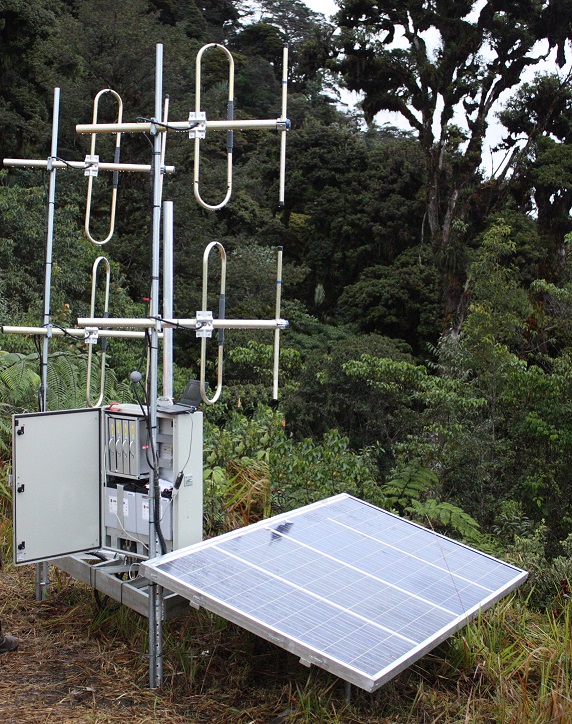VHF Radio in Environmental Monitoring Systems

- VHF non line-of-site operation
- Superior receiver performance
- Advanced data handling and diagnostics
In environmental monitoring systems it is often required to locate remote stations in rural and hard to reach areas. Such locations can prove difficult when providing for communications. The STI Engineering VHF Crescendo has been used in environmental monitoring and warning systems where the difficult terrain required high performance, non line-of-site data radios.
The VHF Crescendo series radio was recently used in an environmental system installed to ensure water quality was not affected by nearby industrial activities. The system also included a flood warning component to give early warning in periods of higher than normal rainfall.
In the water quality and flood warning system remote monitoring and alarm stations needed to be located at high mountain peaks and low valley river streams throughout a very mountainous terrain
The system included multiple monitoring and siren stations controlled by a central environmental monitoring system. Some of the remote sites included cameras to capture regular images, and alarm images to provide a graphical representation of any problems or changes that were occurring.
VHF Crescendo Radios for Environmental Monitoring
All monitoring, alarming and graphical information was transferred wirelessly from the remote sites to the central via the STI Engineering VHF Crescendo radios.
The Crescendo radios were chosen for the project due to their fast data capability and advanced data management and diagnostics.
Utilising the advanced features in the data radio, the wireless network was able to transfer the large amount of data generated by the system and provide the convenience of diagnostics reporting and configuration from the central location.
Other brands of VHF radio were considered and trialed for the system but they were found to be lacking in performance and did not meet the needs of the system.
Contact us for further information